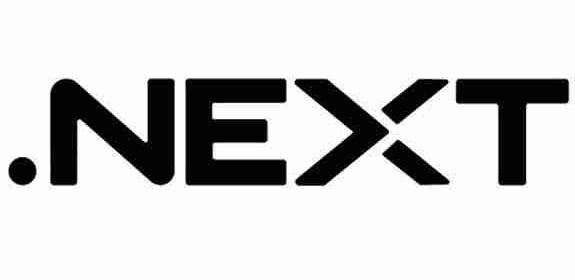In a trademark dispute pertinent to the similarity between “.NEXT” and “NEXT”, the Japan Patent Office (JPO) found both marks dissimilar and reversed examiner’s rejection.
[Appeal case no. 2020-650026, Gazette issued date: June 25, 2021]“.NEXT”
Nutanix, Inc. applied for registration of a trademark “.NEXT” (see below) to be used on services in classes 35 and 41 (IR 1418062) with the JPO via the Madrid Protocol.

Class 35
Conducting trade shows and exhibitions in the fields of computers, computer software, cloud computing, hybrid cloud computing, virtualization, storage, computer resource management, and product demonstrations; none of the aforesaid services relating to navigation, aviation, land vehicles, marine vessels, or offshore platforms.
Class 41
Educational and entertainment services, namely, conducting conferences, presentations, seminars, lectures, and speeches, in the fields of computers, computer software, cloud computing, hybrid cloud computing, virtualization, storage, computer resource management; none of the aforesaid services relating to navigation, aviation, land vehicles, marine vessels, or offshore platforms.
JPO examiner’s rejection
The JPO examiner rejected the applied mark due to a conflict with senior TM registrations for wordmark “NEXT” covering similar services in classes 35 and 41.
The examiner considered that the word “NEXT” with a stylized “X” was visually separable from a dot “.” and thus a prominent portion of the applied mark as a source indicator. If so, both marks are deemed similar as a whole and thus, the applied mark shall not be registrable in contravention of Article 4(1)(xi) of the Japan Trademark Law.
To contest the rejection, Nutanix, Inc. filed an appeal to the JPO Appeal Board on June 19, 2020, and argued dissimilarity between “.NEXT” and “NEXT”.
JPO Appeal Board decision
The JPO Appeal Board found that relevant consumers are unlikely to see respective elements of the applied mark separable from visual aspect. If so, the mark shall be considered a coined word in its entirety and just gives rise to a sound of ‘dot next’ that would never be considered too long to be pronounced at a breath.
Based on the foregoing, the Board stated that the examiner erred in finding pronunciation and concept of the applied mark correctly. In assessing similarity of the marks, it is inadequate to compare the sound and meaning arising from the word “NEXT” of the applied mark with the citations.
Consequently, the Board reversed the examiner’s refusal and decided to register the applied mark by finding dissimilarity between “.NEXT” and “NEXT”.
